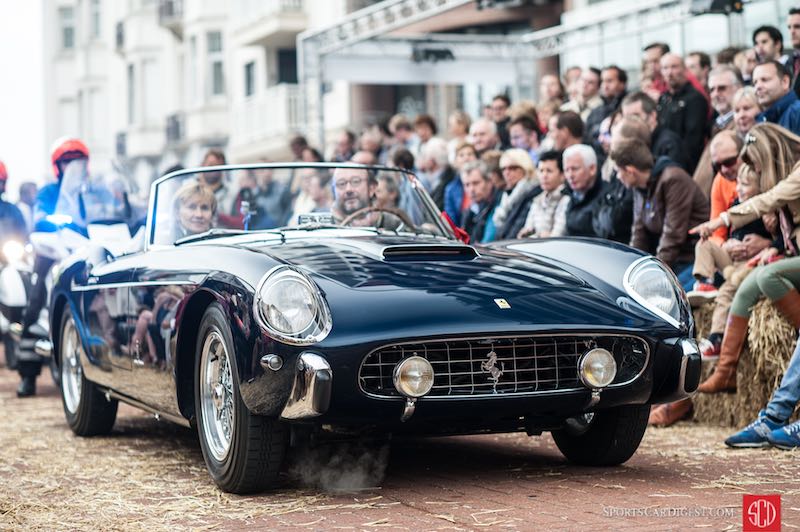By Michael Sheehan, Ferraris-online.com
On Thursday 23 June, the UK voted to leave the European Union. Watching the late-night voting returns on the various business channels was like watching a car crash in slow motion. The British £ Sterling fell by 10% and the FTSE 100 (British stock market) fell 8.7%, the biggest drop since the demise of Lehman Brothers in 2008. Global markets went into turmoil. The Dow fell almost 5%, the S&P 500 fell 5.1%, The Japanese ¥en jumped 3%, threatening Japan’s failing economy, and oil, which was thought to be Brexit-proof, fell by 3.8% to $48.20 a barrel. Ireland’s bourse was off nearly 12%, Spain fell 10% and the German market was down 7%. Shares in Royal Bank of Scotland, Lloyds and Barclays fell as much as 30% on opening, before rebounding slightly to trade at 16.7%, 18% and 17 % in Friday-morning trading. $2.6 Trillion in global equities were wiped out in a day! Fear turned to panic as the financial markets fell in only a few hours! Gold surged as a safe haven by 8.1% to $1,358.54 an ounce and Mark Carney, the governor of the Bank of England, declared that the UK central bank was ready to provide an extra £250 billion in liquidity to the UK markets!
No Subscription? You’re missing out
Get immediate ad-free access to all our premium content.
Get Started



